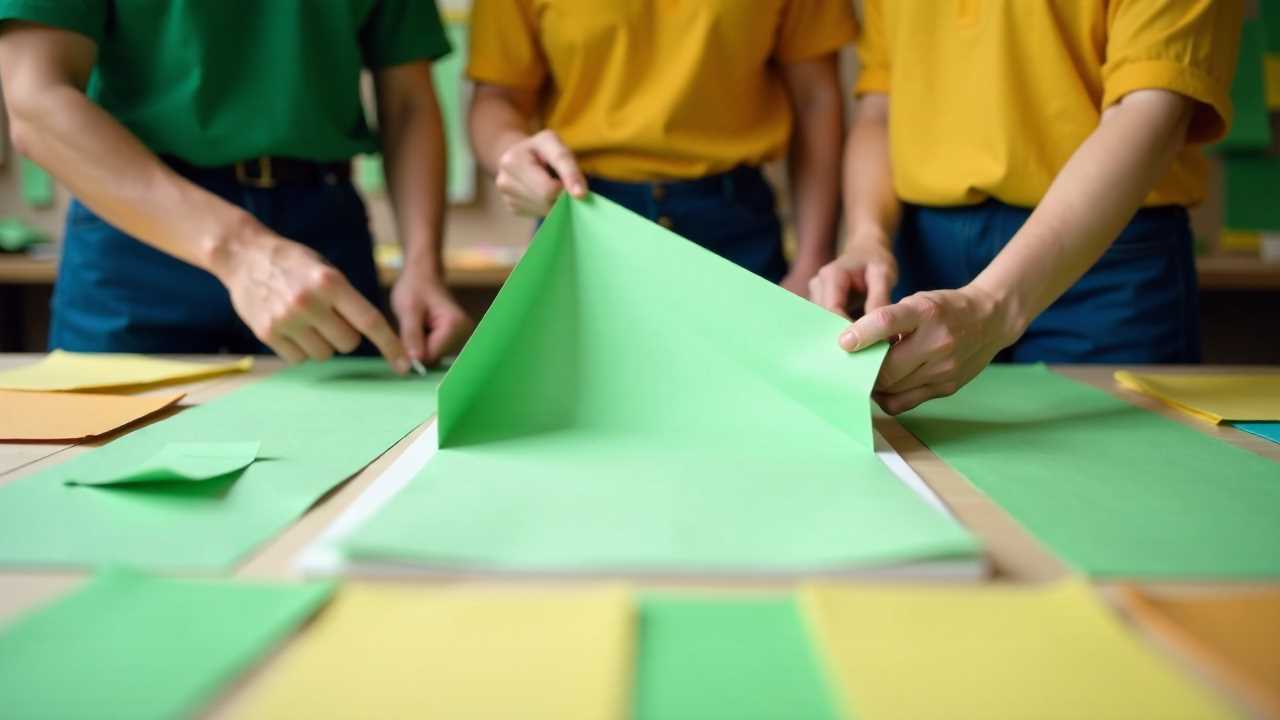
Understanding the Essence of Handmade Paper
Handmade paper aficionados appreciate the artistry and craftsmanship involved in creating unique sheets of paper. Each piece of handmade paper tells a story, reflecting the materials and techniques used in its creation. The process often involves traditional methods that emphasize sustainability and eco-friendliness, making it a preferred choice for those who value the environment. By selecting handmade paper, we contribute to a more sustainable future while enjoying the tactile experience that machine-made paper simply cannot replicate.
Choosing the Right Writing Tools
Selecting the appropriate writing tools is essential for enhancing the experience of using handmade paper. Whether you prefer fountain pens, gel pens, or pencils, each tool interacts differently with the paper's texture and absorbency. Fountain pens are often favored for their smooth flow of ink, which complements the unique surface of handmade paper. The ink's ability to glide effortlessly allows for expressive writing and drawing, making it a popular choice among artists and writers alike.
Gel pens offer vibrant colors and a smooth finish that can bring life to handwritten notes or artistic projects. When paired with handmade paper, they create a striking contrast that enhances the visual appeal of the work. Pencils, on the other hand, provide versatility and a classic touch, allowing for easy corrections and adjustments during the creative process.
Paper Selection: Finding Your Perfect Match
When it comes to selecting the right handmade paper, various factors come into play. Texture, weight, and color are critical aspects to consider. Handmade paper often features unique textures, ranging from smooth to rough, which can significantly influence the writing experience. For instance, a rough texture may add character to calligraphy, while a smooth surface is ideal for detailed sketches.
Weight is another important consideration. Heavier papers are more durable and suitable for projects that require a sturdy foundation, such as bookbinding or card making. Lighter papers, on the other hand, are perfect for delicate notes or invitations. Choosing the right weight ensures that your creations maintain their integrity over time.
Color is also a vital aspect of paper selection. Handmade papers come in a variety of hues, from natural whites and creams to vibrant colors infused with natural dyes. Selecting a color that resonates with your project can enhance its overall aesthetic, making it more visually appealing.
Essential Crafting Materials for Handmade Paper Projects
To fully embrace the handmade paper experience, we need to equip ourselves with essential crafting materials. Cutting tools, adhesives, and decorative elements play a significant role in the crafting process. A quality paper cutter or craft knife is essential for achieving clean, precise edges, ensuring that your projects look polished and professional.
Adhesives are equally important, especially when assembling multiple layers or elements. Acid-free glue sticks or double-sided tape are ideal choices, as they provide strong adhesion without damaging the paper over time. This is particularly crucial for handmade paper, which can be more sensitive to certain chemicals found in some adhesives.
Decorative elements such as stamps, washi tape, and embellishments can elevate any project. Incorporating these materials allows for personalization and creativity, making each piece truly one-of-a-kind.
Assessing Quality: What to Look For
Quality assessment is vital for handmade paper aficionados. When evaluating paper, consider its durability, texture, and finish. High-quality handmade paper should feel sturdy yet flexible, allowing for a variety of uses without tearing or warping. The texture should be consistent throughout the sheet, with no visible flaws or imperfections.
The finish of the paper is also important. A well-crafted handmade paper will have a smooth or intentionally textured surface that enhances the writing or artistic experience. Pay attention to the paper's absorbency as well; it should hold ink without bleeding or feathering, ensuring that your writing remains sharp and clear.
Eco-Friendly Options: Supporting Sustainability
As handmade paper aficionados, we have the opportunity to support eco-friendly practices by choosing sustainable materials. Many artisans create handmade paper using recycled materials, such as post-consumer waste or agricultural by-products. These eco-friendly options not only reduce waste but also promote a circular economy.
When selecting handmade paper, look for products that are labeled as environmentally friendly or made from sustainable sources. This ensures that your crafting materials align with your values and contribute positively to the planet.
Creating Stunning Stationery Essentials
Crafting beautiful stationery essentials is one of the most rewarding aspects of working with handmade paper. From personalized letterheads to unique greeting cards, the possibilities are endless. Begin by designing a cohesive theme for your stationery, incorporating colors, textures, and decorative elements that reflect your style.
Utilizing quality writing tools enhances the overall experience, making each piece of stationery feel special. Consider creating matching envelopes or packaging to complete your stationery set, ensuring that every detail is thoughtfully curated.
Embracing the Handmade Paper Journey
For handmade paper aficionados, the journey of crafting quality stationery with eco-friendly writing tools and materials is both fulfilling and creative. By understanding the nuances of paper selection, investing in the right writing tools, and prioritizing quality assessment, we can elevate our crafting experience. Embrace the beauty of handmade paper and its potential to transform your artistic expressions into stunning works of art.
 Writing TipsCreative WritingJournalingSketching TechniquesBuying GuidesPrivacy PolicyTerms And Conditions
Writing TipsCreative WritingJournalingSketching TechniquesBuying GuidesPrivacy PolicyTerms And Conditions
